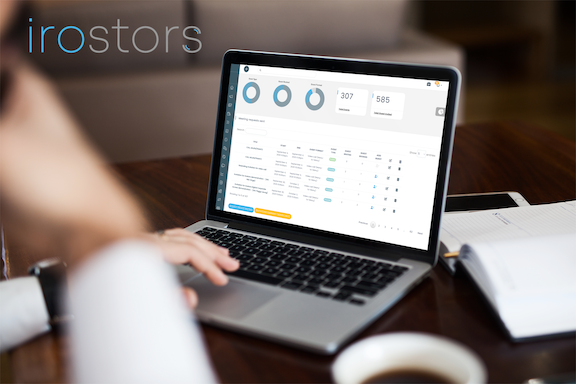
To complement our article « What’s on the mind of the largest asset managers for 2H 2022 ? », we went through BofA Securities’ latest fund manager survey of July 19th. The findings from the survey are largely consistent with the views and themes we identified in the mid-year outlook reports, so it should complement our previous article with more granular investor sentiment and positioning.
The 30-second takeaway is that 90% of the panel expects global stagflation in the next 12 months, a record high since 2008. Investors are highly pessimistic, and their risk appetite is abysmal. Credit and business cycle risks are their primary concerns at the corporate level. Negative expectations for corporate profits are at their strongest, and investors are worried about balance sheet strength. Cash level is exceptionally high, and long USD has become the most crowded trade. Sector allocation remains defensive, and high sticky inflation is back on top as the biggest tail risk.
Expectations for a weaker economy have reached new highs since Oct 2008. Approximately 80% of respondents expect growth to slow down over the next 12 months (+6% vs. June). And over 3/4 project inflation to be lower over the same period. However, lower inflation does not mean low inflation; 90% of the investors expect below-trend growth and above-trend inflation, or stagflation.
As a result, risk appetite is appalling; a net 58% of the survey panel are taking a lower-than-normal risk. This is at a 20-year high and jumped 10%. However, a shift in sentiment may be on the way. While high-quality vs. low-quality earnings remain the most favored strategy (close to 80% of respondents), expectations for value to outperform growth in the next 12 months have come down from 65% in June to only 21% in July.
For IROs, two risks worth noting are credit and business cycle risks, which are the top 2 risks for investors. Both are highest since Oct 2020 and May 2020, respectively. As a result, it is not surprising that almost 80% of the investors expect profit to worsen globally over the next 12 months, and concerns about corporate over-leverage are growing (19%, +3% MoM). 50% of the investors want companies to reduce debt, while only 15% want to see cash to be returned to shareholders.
Investors are cash-rich. Cash positioning is at the highest since Oct 2001. 47% of the panel is net overweight cash, +6% MoM, and almost 2 standard deviations above the mean. Equities are a hard sell. 15% of the investors are net underweight equity, 3% higher MoM, and 1.8 standard deviations from the mean. The underweight in Bonds has reduced significantly, -19% MoM, which is around the long-term average. Both Real Estate and Commodities are still overweight, albeit declining from early 2022 peaks; overweight on Commodities fell 10% MoM. Finally, on geographic preferences, Europe equities remain the least favored with net 35% underweight (-23% MoM), while Japanese equities turned from the least underweight geography in June to the 2nd most underweight geography in July. In comparison, the U.S. performed in July, with net underweight reducing from 8% to 5%.
Looking at sector allocation, Healthcare, Staples, and Energy were the 3 most net overweight sectors in July and the only net overweight sectors in the past month. However, contrary to Energy, the net overweight in Healthcare and Staples is still increasing, +3% and +13% MoM and standing at 1.4 standard deviation and 1.5 standard deviations above their long-term average, respectively. The net overweight in Energy is down to 8% of the respondents, which is -13% MoM and around the historical average. Banks, Insurance, and Materials all turned net underweight this month, with Banks joining Utilities and Consumer Discretionary as the 3 most net underweight sectors.
Finally, a few words on tail risk, sticky high inflation overtook hawkish central banks as the top tail risk (33% of the panel, up ~10% MoM), given that most investors expect inflation to be lower next year. Global recession remains the second biggest tail risk, gathering 24% of the panel, while hawkish central banks fell to third.
We note that one should read the above survey’s findings in the context of the sample size and respondents’ persona. 259 respondents took the survey, consistent with past sample sizes. Most are portfolio managers, followed by strategists (1/4th) and CIOs (1/6th). A large majority (>60%) are global investors, and the rest are regional investors with global views. About 60% of the respondents have direct control over USD 1bn in AUM with an even distribution across fund types (40% mutual funds, 30% pensions and insurances, hedge funds, and others for the rest). The average investment horizon is around 7 months, while a little more than 1/4th of the respondents have a horizon exceeding 12 months.
We hope this article gives you more color on our “2H 2022 Asset Manager Outlook Review” findings. If you would like more details about the content, feel free to contact us.
Follow us on Linkedin
Companies mentioned
BofA Securities
Sectors mentioned
Energy
Consumer Staples
Financials
Materials
Health Care

